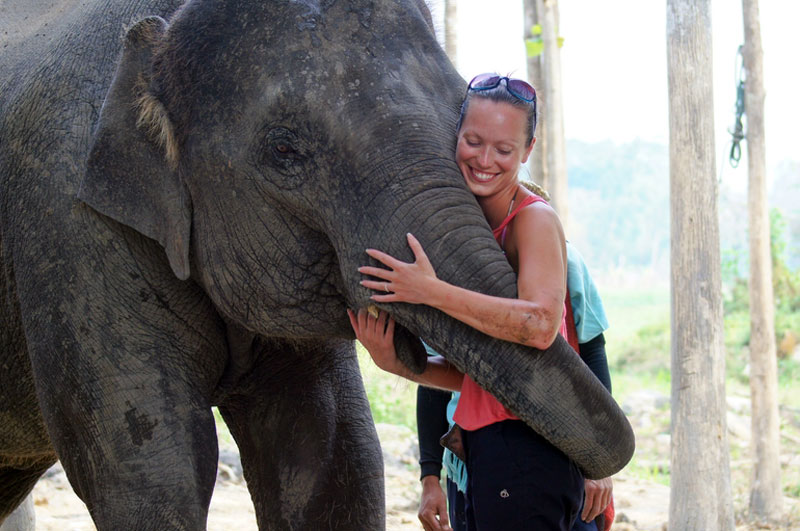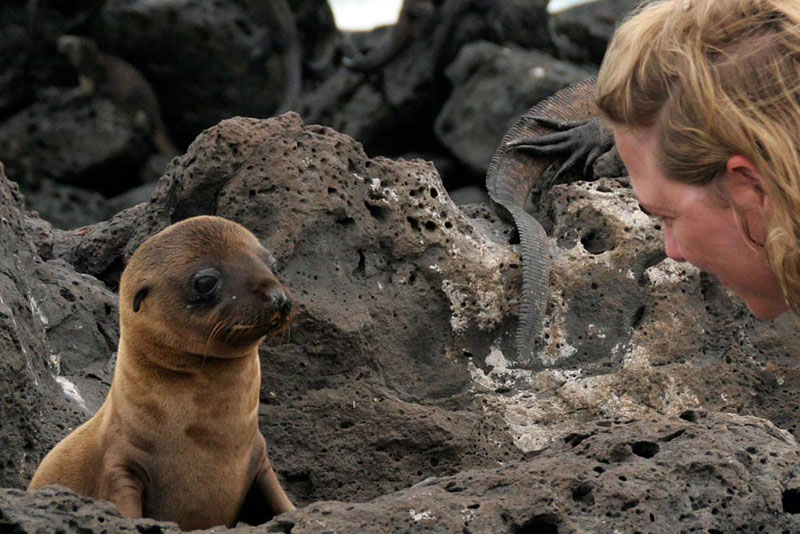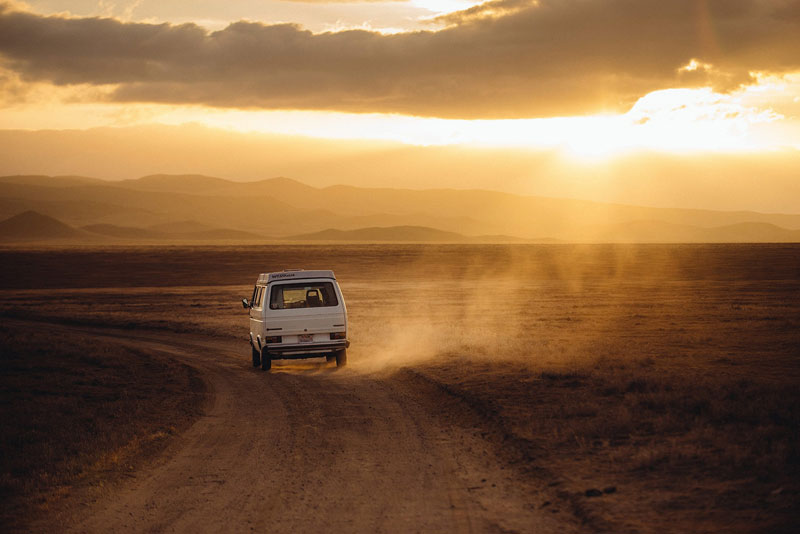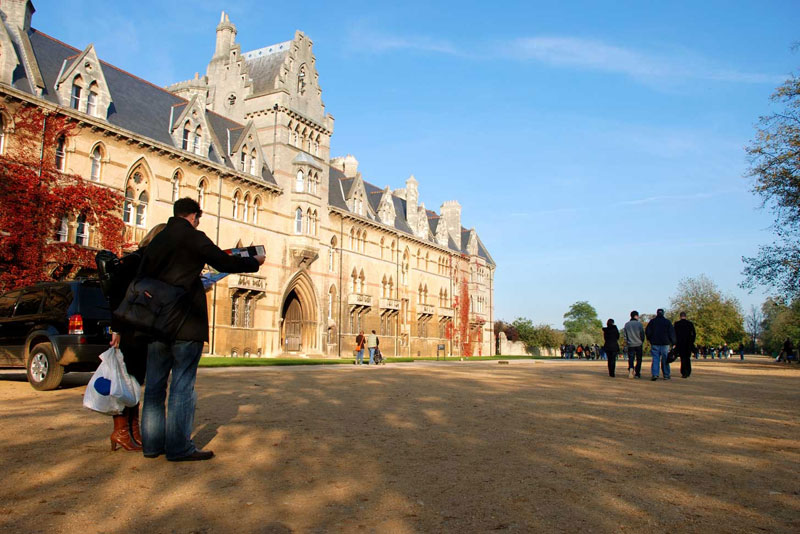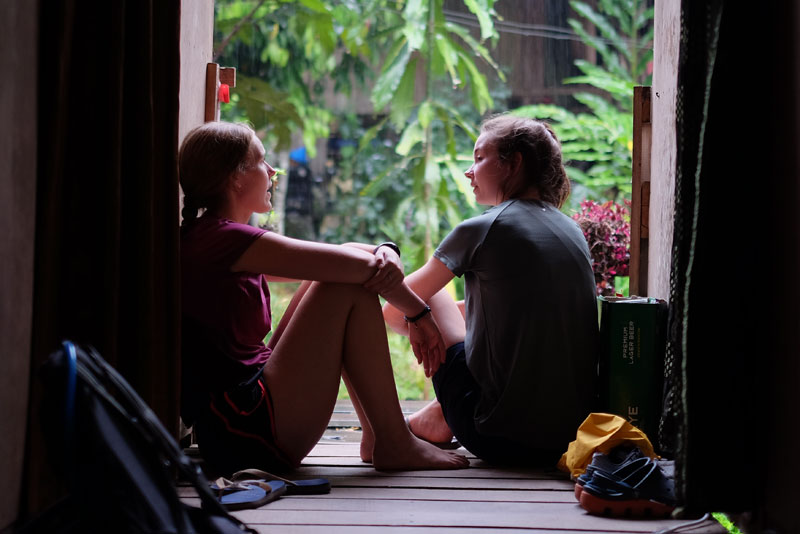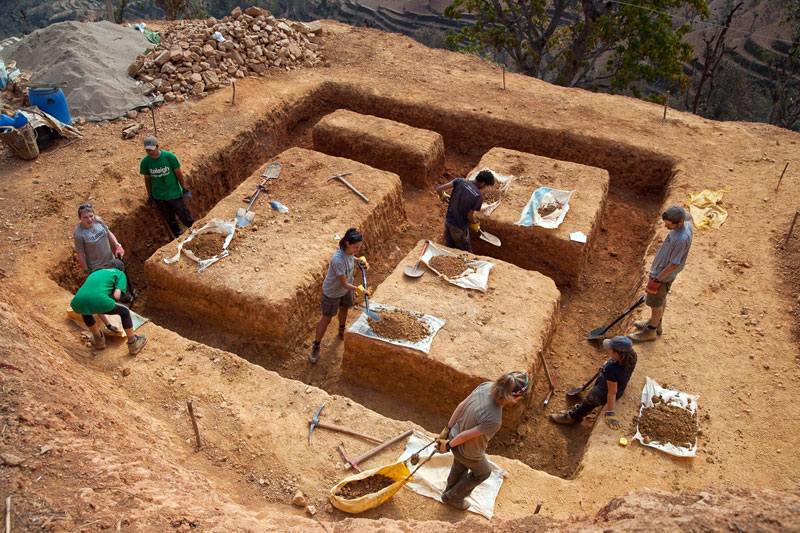Langtang National Park is situated in the north of central Nepal some 32(air) km north of Kathmandu. Bhote Koshi and Trishuli Ganga define the region to the west, Tibetan Autonomous Region of China to the north and east. It is located in between the latitudes 28.00 o - 28.20 o N and the longitudes 85.15 o - 86.00 oE. It comprises 1,710 sq. km. total area. Two major river systems: Trishuli on the west and Sun Koshi in the east with many of its tributaries that originate from Langtang Lirung (7,245 m) and Himalchuli (7,864 m) drain the park catchments.
Langtang was designated as the first Himalayan National Park in 1970-71, and was gazette in March 1976. Altitude varies from 792 m on the Bhote Koshi to the peak of Langtang Lirung at 7,245 m. The park is comprised of varied climatic conditions.
The park is the home to several ethnic groups. The majority of people belong to the Tamangs, an ancient Nepalese race. Sherpas and Tamangs who emigrated from Tibet inhabit the Helambu area. The Brahmins, Chhetris and Gurungs are sparse. About 45 villages comprising 4,500 people are situated within the park boundaries. In total, about 3000 households (about 16,000 people) depend on park resources for wood and firewood. Permanent settlements that hold small areas of arable lands grow wheat, maize, finger millet, soybean and potato at lower altitudes, whereas at higher altitudes potato, barley and buckwheat are grown.
Biodiversity of the Langtang National Park is varied; an account of Biodiversity in Nepal -Status & Conservation is described by R.P. Chaudhary (1998).
The forest type Most striking feature of the park is the variety of vegetation types. Eight vegetation types belonging to tropical, subtropical, temperate, sub alpine and alpine zone exist. The important forest types are: (a) Tropical zone (below 1,000 m), (b) Subtropical zone (1,000-2,000 m), (c) Temperate zone (2,000-3,000 m), (d) Sub alpine zone (3,000-4,000 m), and (e) Alpine zone between 4,000-4,500 m.
(a) Fauna: - Varied fauna occurs in the park, (a) Mammals. The common primates are rhesus macaqua (Macaca mullata) and common langur (Presbytis entellus). The carnivorous mammals include fox (Vulpes vulpes), wild dog (Cuon alpinus), Himalayan black bear (Selenarctos thibetanus red panda (Ailurus fulgens), marten (Martes foina, M. flavigula), Himalayan weasel (Mustela sibirica), pale-footed weasel (M. altaica), leopard cat (Felis bengalensis), clouded leopard (Neofelis nebulosa), leopard (Panthera pardus), and snow leopard (P. uncia). The common ungulates are wild boar (Sus scrofa), Himalayan musk deer (Moschus chrysogaster), Indian muntjac (Muntiacus muntjak), goral (Nemorhaedus goral), serow (Caricornis sumantraensis), Himalayan tahr (Hemitragus jemlahicus). Small animals include Royle's pika (Ochotona roylei), orange-bellied Himalayan squirrel (Dremomys lokriah), and Indian porcupine (Hystrix indica)
